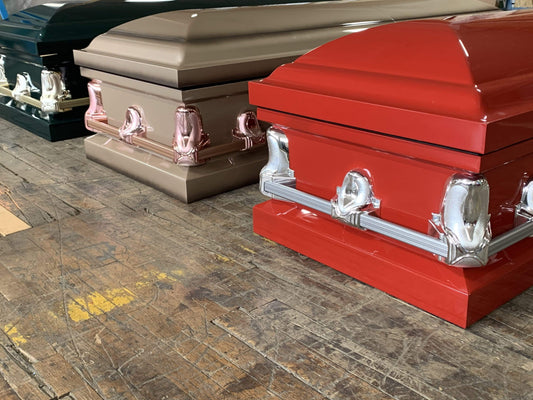What Is A Mausoleum?
A mausoleum is a free-standing structure that serves the purpose of a tomb and contains a deceased person’s corpse inside it. There are many types of structures that can qualify as mausoleums and they vary in different ways. In some cases, a mausoleum may be built as a tomb meant to accommodate more than one person. Mausoleums are generally found on a cemetery plot, but you can find examples of independent mausoleums.
As opposed to a burial vault that is usually underground, mausoleums hold the body of the deceased above ground, with some exceptions. If the body is in a casket, then the entire casket is placed inside the mausoleum, or in the case of multiple bodies in one mausoleum, it would enclose multiple caskets. You can look for an above-ground cemetery near you if you are interested in building a mausoleum.
Features Of A Mausoleum
Mausoleums are fairly universal and are found across many different religions and cultures. Over the course of history, people have built some very elaborate mausoleums for their loved ones. The ability to personalize a mausoleum as per your preferences serves as a major advantage. You can embellish the mausoleum with features such as stained-glass windows or other decorative enhancements.
Mausoleums also offer more protection from the elements than underground burials do, which is a common reason people opt for them, especially in areas where the conditions of the ground are not suitable for burials. It is also worth noting that due to the protection against external conditions offered by a mausoleum, the decomposition process of a body is much slower in a mausoleum than in an underground burial.
Family Mausoleums
A notable feature of mausoleums is that they can accommodate the remains of more than one person within it. In the US, family mausoleums gained popularity beginning in the late 1800s, and you can still spot many of them in the city of New Orleans.
A family mausoleum is meant to serve the purpose of being a final resting place for an entire family instead of just one person. For some people, these family mausoleums represent the family legacy, and make it easier for descendants to collectively visit all their ancestors. The structure of a mausoleum also offers permanent accessibility to the loved ones to visit their deceased relatives, since it provides shelter from all types of weather.
Famous Mausoleums
The word ‘mausoleum’ originates from the name of an Ancient Greek king who was known as Mausolus. When he died, a giant marble tomb was built to hold his body. This practice of above ground burials has since then been witnessed across history in various parts of the world.
For example, the Taj Mahal located in Agra, India, which is one of the Seven Wonders of the World, is also considered a mausoleum. It is an Islamic mausoleum made of marble that was built by the Mughal emperor Shah Jahan in the 17th century, to entomb the body of his beloved wife Mumtaz Mahal after she passed away.
The Pantheon in France is a historic mausoleum that houses the remains of famous scientist and Nobel Prize winner Marie Curie. The Lincoln Tomb in Illinois holds the body of President Lincoln, though it is different from other mausoleums because his body is buried underground even within the mausoleum.
Should You Opt For A Mausoleum?
Although constructing a mausoleum can cost a few thousand dollars, or much more if you desire a more elaborate structure, it can still be cost-effective if you are planning to entomb more than one person within it. However it is important to note that a mausoleum will require regular upkeep, and you might have to comply with specific regulations laid down by the cemetery where you build it.

![Upgrade to Premium Weight [18-gauge steel]](http://titancasket.com/cdn/shop/products/casketthicknesswithnumbers.png?v=1680642906&width=533)



